In October, the voluntary period for the use of e-invoicing in Poland will start.
On 5 February, the Polish Ministry of Finance published the first draft law on the use of e-invoicing in Poland. This draft modifies the current VAT law. It establishes that electronic invoicing may be used from 1 October 2021 on a voluntary basis. The voluntary period will be extended until 2023, when electronic invoicing will become mandatory.
What will the invoice issuing process be like?
Electronic invoicing in Poland will follow a clearance model. This means that the public administration will have to authorise each transaction for it to be valid. To do so, the Polish government has set up the National Electronic Invoicing System (KSeF). Thus, companies will issue the e-invoice from their systems. The KSeF will assign an invoice number and record the time and date of receipt. The invoices authorised by the national system will be stored for later consultation.
First technical specifications published
Poland has published a first draft of the technical specifications of the new e-invoicing system. This draft includes an XSD schema describing the content and the required XLM structure of the e-invoice. The e-invoice will be one of the most extensive structured documents in the country. The document should include information related to the payment, the terms of the transaction, the procedures applied, taxes, etc.
Like many other countries in the European Union, and in the world, Poland is committed to electronic invoicing with the aim of reducing tax fraud and having real-time information on the country’s business activity.
For their part, companies have an opportunity to digitise their invoicing processes. These processes are usually manual and a source of inefficiencies and errors.
If you want to start using electronic invoicing in Poland, baVel can help you. Write to us at [email protected] or visit our website for more information.











